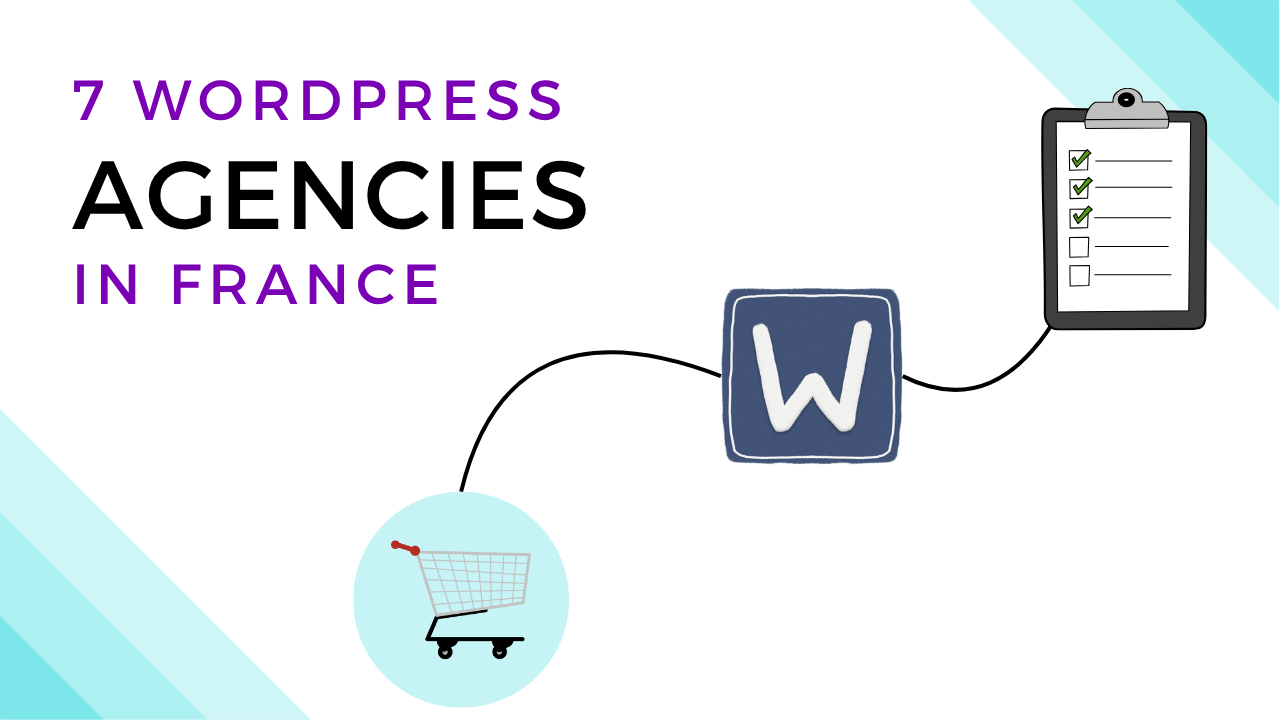Summary
READ IT1. Benefits of e-commerce personalisation
This table highlights the significant benefits of implementing ecommerce personalisation.
• Marketers report an average sales increase of 20% when personalisation is applied.
• 77%, recommend, choose, or are willing to pay more for personalized experiences.
• 80% state they are more likely to make a purchase from a company offering customized experiences.
These statistics underscore the value of personalisation in enhancing sales, customer recommendations, and overall purchasing behaviour.

2. Personalisation impact on Travel & Leisure websites/mobile apps
This table summarizes the impact of personalisation on travel and leisure websites/mobile apps, based on survey responses.
• 87% of respondents are more likely to engage with businesses offering personalized experiences.
• 64% believe that travel websites/apps are currently delivering personalized experiences effectively.
These findings emphasize the importance of effective personalisation in the travel and leisure industry.

3. Personalisation impact on Automotive websites/mobile apps
• 86% of respondents are more likely to engage with businesses offering personalized experiences in the Automotive Industry.
• 55% believe that current automotive websites/apps deliver these experiences effectively.
• 49% prefer storing purchase/maintenance history.
• 44% prefer reminders for service needs.
• 38% prefer setting up recurring maintenance.

4. Consumer preference for personalized communications
• 76% of consumers consider receiving personalized communications a key factor in considering a brand.
• 78% are more likely to repurchase due to personalized content.

5. Consumer expectations for personalized interactions
• 71% of consumers expect brands to deliver personalized interactions.
• 76% of them often feel frustrated when this expectation is not met.
These allow us to infer that personalisation is often overlooked.

6. Percentage of consumers who have left a website because of too many options
• 40% of consumers have exited a website due to feeling overwhelmed by an excessive number of choices.
Highlighting that an abundance of options can result in customer dissatisfaction and website abandonment.
7. Consumer attitudes towards personalisation
• 74% of respondents value "living profiles" for curating their experiences.
• 91% expect brands to recognize and provide relevant offers.
• 27% have found personalisation tactics invasive, particularly when brands use undisclosed information, highlighting the need for respecting boundaries in personalisation efforts.

8. Likelihood of switching brands due to lack of personalisation
• 52% of customers are likely to switch brands if a company doesn't personalize communications to them.
• 65%, of business buyers are likely to switch brands if a supplier doesn't personalize communications to their company.
These statistics emphasize the significance of personalisation in both consumer and business context.

9. Consumer and Business Buyer Reactions to Poor Personalisation
• 55% of business buyers and 54% of consumers get annoyed when targeted with ads for something they've already purchased, emphasizing the importance of effective targeting.
• 33% of customers who abandoned a business relationship did so due to poor personalisation, underscoring the significant impact of personalisation on customer retention.

10. Key figures on the state of personalisation
This graph provides business insights on the adoption of personalisation and AI, expressed as percentages. It covers aspects such as AI-driven personalisation, the impact of personalized experiences on buyer spending, the value of first-party data, increased investment despite challenges, recognition of improved customer retention, and challenges in obtaining accurate data for personalisation efforts.

Download the PDF summary here!
This PDF summarizes the key personalisation statistics for your e-commerce brand.
Resources
1: Benefits of Ecommerce Personalisation
2: Personalisation Impact on Travel & Leisure Websites/Mobile Apps
3: Personalisation Impact on Automotive Industry Websites/Mobile Apps
4: Consumer Preference for Personalized Communications
5: Consumer Expectations for Personalized Interactions
6 Percentage of consumers who have left a website because of too many options
7: Consumer Attitudes Towards Personalisation
8: Likelihood of Switching Brands Due to Lack of Personalisation
9: Consumer and Business Buyer Reactions to Poor Personalisation & Personalisation Insights
10: Key figures on the state of personalisation





